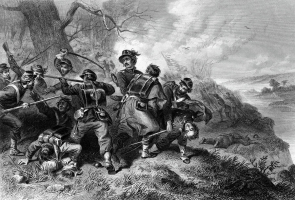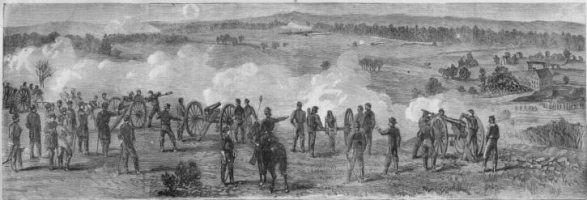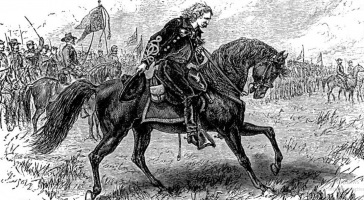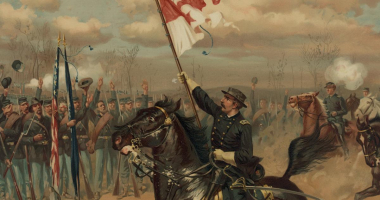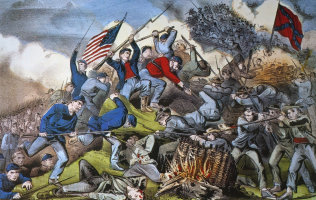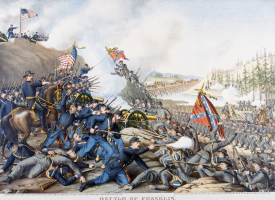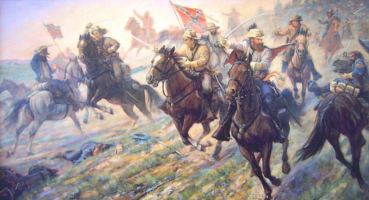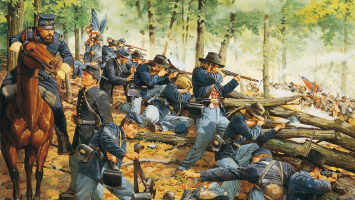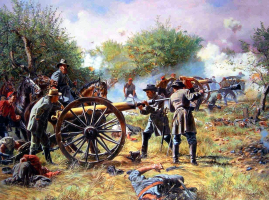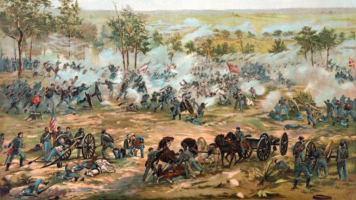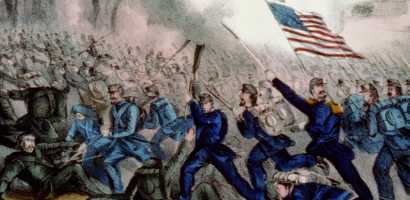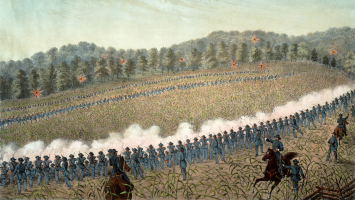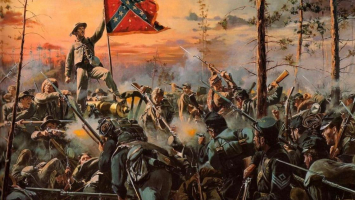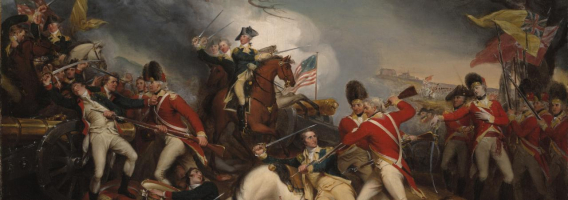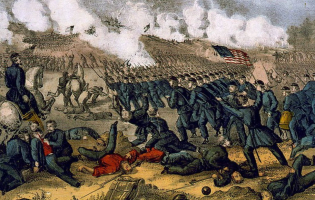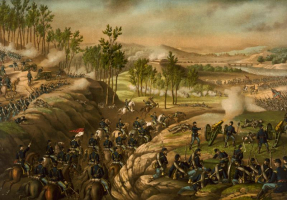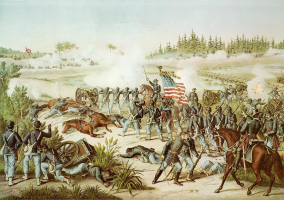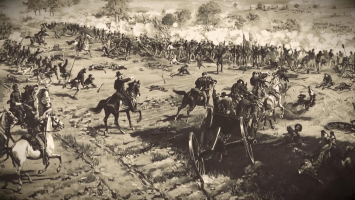Top 10 Facts About The Battle of Sailor's Creek
On April 6, 1865, the Appomattox Campaign included the Battle of Sailor's Creek, which took place close to Farmville, Virginia, and marked the beginning of the ... read more...end of the American Civil War. It was the final significant battle between the Army of the Potomac, led by Union General-in-Chief Lieutenant General Ulysses S. Grant, and the Confederate Army of Northern Virginia, commanded by General Robert E. Lee. We assembled these top facts about the battle of Sailor's Creek.
-
The Battle of Sailor's Creek is actually three separate actions, despite the fact that it is sometimes referred to as a single conflict. First, on the James Lockett Farm, the Union Second Corps led by Gen. Andrew Humphreys was obliged to confront the Confederate rear guard, commanded by Gen. John Gordon. General Horatio Wright's Union Sixth Corps attacked Gen. Richard Ewell's two divisions in the vicinity of the James Hillsman Farm to the south after bombarding them with fire. Finally, in the area of Marshall's Crossroads, Confederate forces commanded by Gen. Richard Anderson engaged three divisions of Union cavalry.
These three different conflicts took place roughly simultaneously with one another, giving the impression of a single massive general conflict. However, Humphreys and Gordon's fight at the Lockett Farm took occurred two miles to the northwest of the other two clashes. Additionally, despite the geographical proximity of the Wright-Ewell and Merritt-Anderson battles, neither of the Federal commanders made a concerted effort to work with the other. More importantly, the two Confederate corps there were unable to assist one another because they were fighting practically side by side.
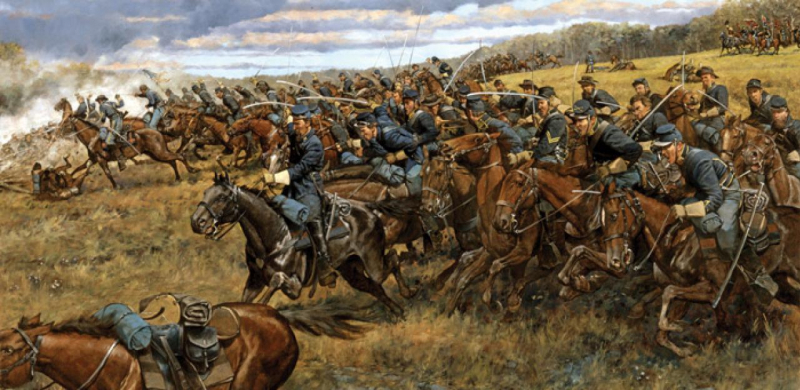
American Battlefield Trust 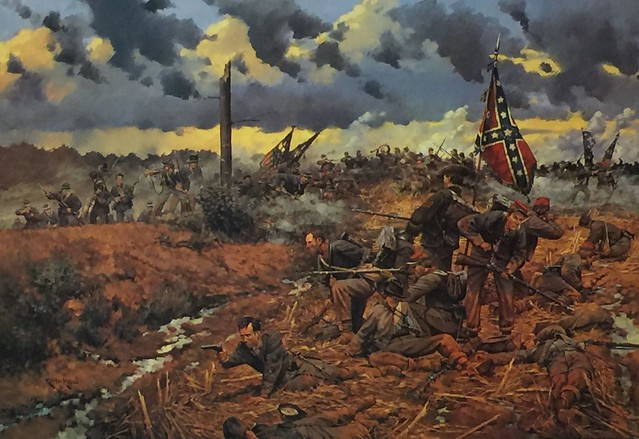
American Battlefield Trust -
Historians disagree on what to call the fighting that took place on April 6, 1865, as they do with many other Civil War battles. First of all, Little Sailor's Creek, one of Sailor's Creek's tributaries, was the creek that the two armies fought for. Second, each of the three geographical sectors of the battlefield—the Lockett Farm, the Hillsman Farm, and Marshall's Crossroads—can be viewed as a separate conflict.
However, spelling is the problem that Civil War veterans are most aware of. Although the stream that gives the fight its name is identified on the earliest maps of the region as "Sailor's Creek," by the 19th century other variations of that name (Sailer's, Saylor's, and Sayler's) had spread, and even appeared on some maps from the time of war. As a result, the conflict has been referred to as the Battle of Sayler's Creek by a number of well-known historians who used what they thought to be the original name for the stream. However, the stream and the fighting that took place over it on April 6, 1865, are now officially referred to as "Sailor's Creek" by the National Park Service and the Civil War Sites Advisory Commission. The Battles of Sailor's Creek are known by various different names and spellings for that reason.
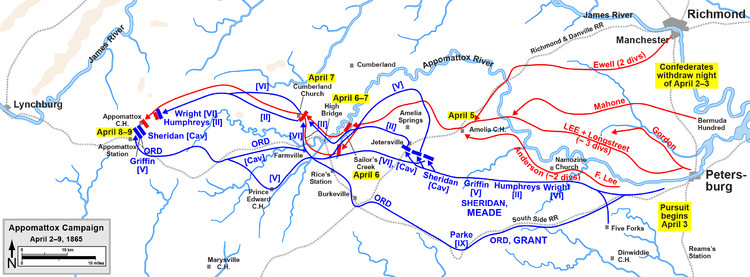
Wikipedia 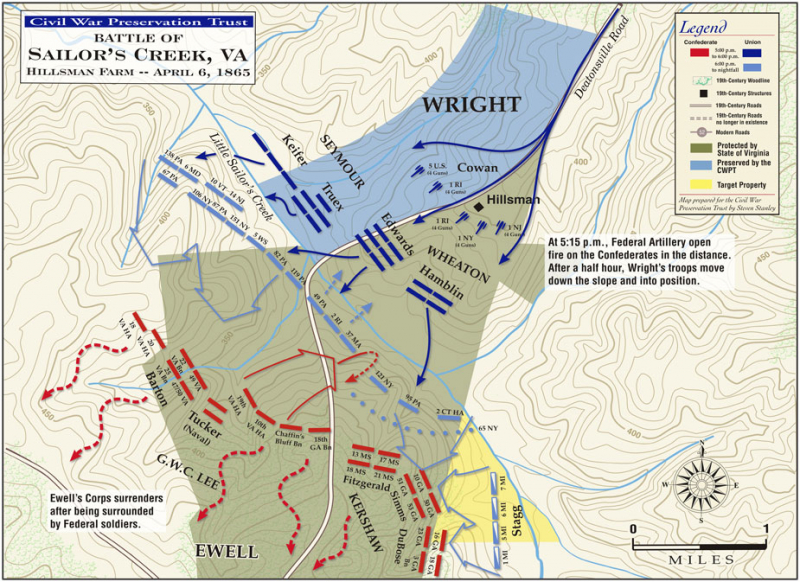
Thomas' Legion -
Gen. Robert E. Lee's main goal after Richmond and Petersburg fell was to move his army into North Carolina so that it could join Gen. Joseph E. Johnston's Confederate force there. Lee gave the order for his soldiers to gather at Amelia Court House for replenishment before moving on to the railroad hub at Danville in order to get there. Gen. Ulysses S. Grant deployed the majority of his effective force—infantry from five corps and Gen. Philip Sheridan's cavalry—to pursue Lee and close off the route to Danville in order to defeat this maneuver.
Lee's force was held back by flooded rivers and misplaced food supplies, which allowed the Federals to advance. A portion of the Union Fifth Corps was able to advance on Lee at Jetersville while the Confederates were searching for food in southern Virginia at Amelia. Lee was compelled to find another path because Federal entrenchments were obstructing the road to Danville. On the evening of April 5, he gave the order for his force to proceed west, beginning the chain of events that resulted in the battle in the Sailor's Creek valley.
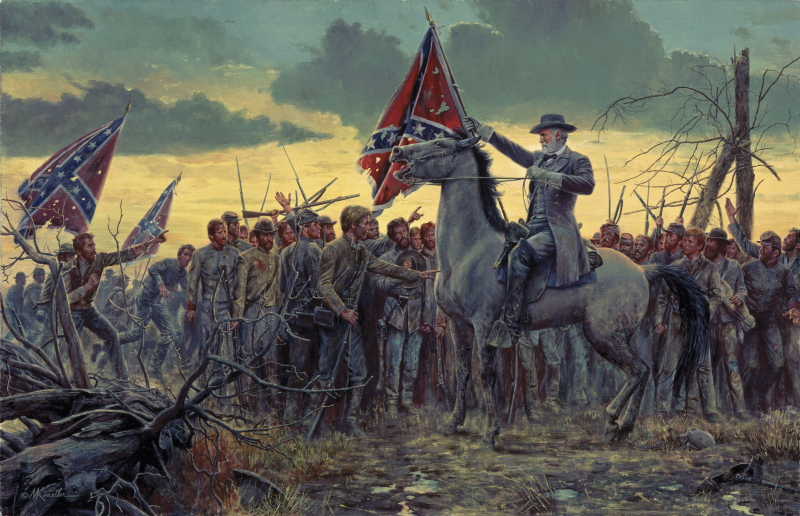
Weapons and Warfare 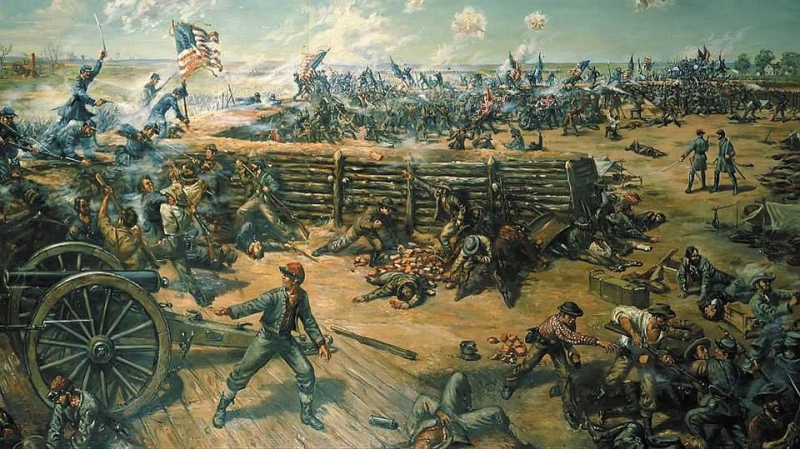
Pinterest -
Since the start of the Appomattox campaign, Gen. Phil Sheridan's Union cavalry had been pursuing Lee's army. The Yankee cavalry staged a series of hit-and-run attacks on the Confederates' line of retreat on April 6, 1865, as they rode from Amelia Court House to Farmville. One such Federal attack, led by Gen. George Crook's division, forced the Confederate corps commanded by Gens. Richard Anderson, Richard Ewell, and John Gordon to halt their advance and prepare to oppose a general assault at Holt's Corner. The Confederates continued their march after receiving no assault.
However, the halt had placed Anderson's corps two miles away from the closest Confederate regiment to the west. Even worse, Union Gen. George Custer noticed this opening and blocked the path with his horse brigade. The Army of Northern Virginia was now cut off from Anderson and the two corps behind him.
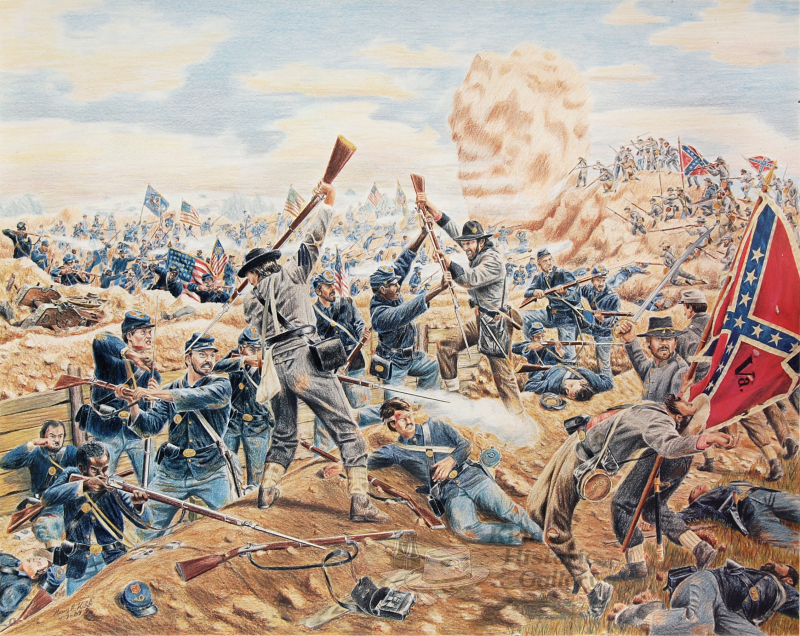
Clio 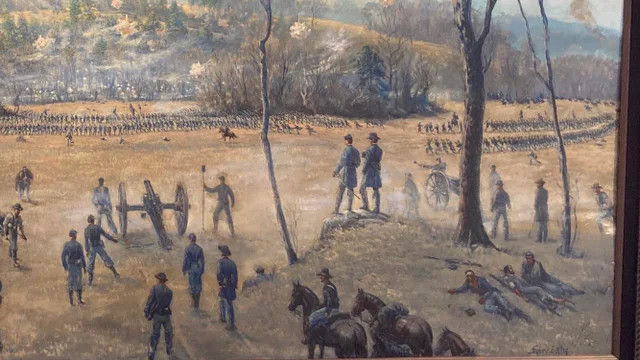
Reddit -
General Richard Ewell, along with Richard Anderson and John Gordon, made a choice that they felt would save the army's supplies after the stop at Holt's Corner. The path of the supply carts was changed to the north, with Gordon's corps trailing behind to provide security.
In the meantime, Anderson and Ewell kept moving west to join the remainder of the Confederate force. Anderson and Ewell would lose any ammo in the train if Gordon's force was present. If that weren't enough, near Marshall's Crossroads around 2:00 PM, Gen. George Custer saw an unsecured ordinance train that Custer's Yankees seized. The train was just ahead of Anderson's men. As a result, the Confederates lacked artillery to counter the Federal onslaught when Union guns began firing on Ewell's troops later that day.
"I received a communication from the commanding general telling me to attack this hill, if I could do so to my benefit, as soon as I arrived in the town. Due to twelve hours of moving and fighting, I was unable to engage it with artillery, and all of the troops I had with me were weary" Ewell wrote.
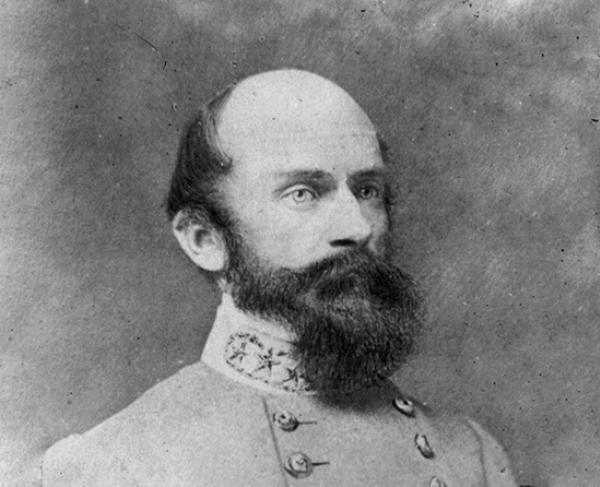
Richard Ewell - American Battlefield Trust Visualized History & Lore -
One of the three minor Confederate troops fighting at the Battles of Sailor's Creek was led by Gen. Richard Ewell and was made up mostly of soldiers who had served much of their time guarding Richmond, the Confederate capital.
The heavy artillery regiments commanded by Gen. Stapleton Crutchfield stand out among them. These soldiers had received training to handle the heavy weapons in Richmond's forts as well as to carry rifles and engage in infantry combat. On April 6, 1865, these garrison men engaged the Federals despite their relative inexperience. They did so with amazing valor. In total, the II Corps took 1,700 prisoners, 4 cannons, and 13 flags. Humphreys wrote that his corps suffered 311 killed and wounded and that the Confederate losses probably exceeded his corps' loss
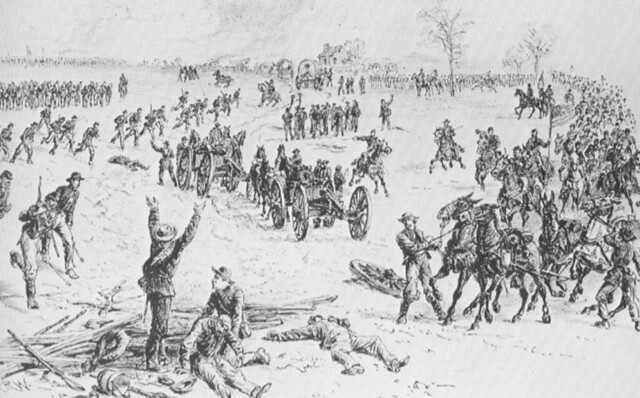
dcr.virginia.gov 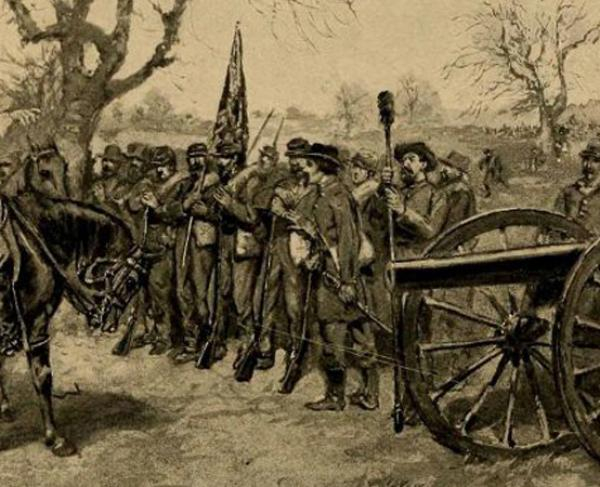
American Battlefield Trust -
Many of the Confederate commanding officers also surrendered as the Confederate defense started to break down under the weight of the Federal attacks on April 6. Nearly one-fifth of the Confederate army's last retreating soldiers were captured or lost their lives at Sailor's Creek. On April 6, the war was declared over by a total of eight Confederate generals, including some of its most well-known leaders. That day saw the capture of Richard S. Ewell, Joseph B. Kershaw, Montgomery Corse, Eppa Hunton, Dudley M. DuBose, James P. Smith, and Seth Barton. But Gen. George Washington Custis Lee, Robert E. Lee's eldest son, may have been the most famous capture that day.
During the defense of Richmond, Colonel Stapleton Crutchfield was killed while in charge of a detachment of artillery soldiers. The Confederates' disarray following their losses at Five Forks, Sutherland's Station, and the Breakthrough, according to General Humphreys, "doubtless scattered them to such an extent that many being without rations did not rejoin their commands." This incident brought the fighting to an end.
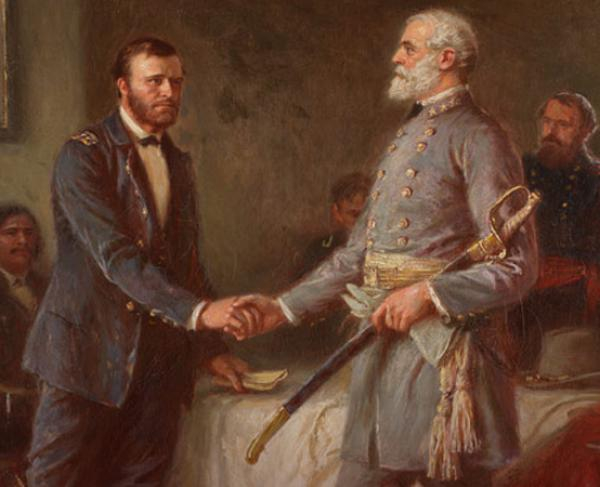
American Battlefield Trust 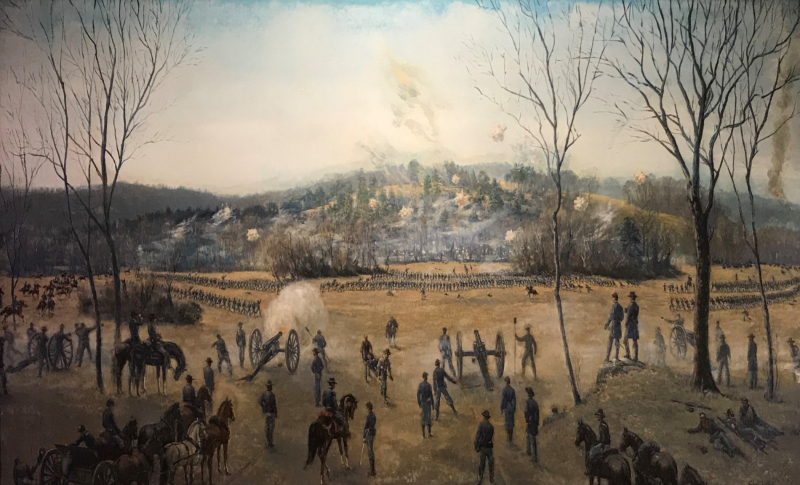
dcr.virginia.gov -
More than 8,800 Confederates had lost their lives in the final significant engagement of the war in Virginia by the time the dust had cleared on April 6. One of the greatest armies to have been captured or surrendered without suitable terms during the entire conflict was made up of about 7,700 of those. This dealt a serious blow to Lee's army, which had been reduced to just 30,000 soldiers that morning. The number of casualties is estimated at up to a quarter of its force.
Lee and Mahone's division returned to a cliff above the battlefield when a sizable portion of the Confederate Army failed to report to Rice's Station and he started to hear rumors of the defeat developing at Sailor's Creek. Lee shouted, "My God, has the army dissolved?" in front of Major General William Mahone as he saw the survivors flowing down the road. "No, General, there are troops eager to fulfill their duty," General Mahone retorted. Lee told Mahone that he was moved by his men's loyal service "Indeed, there are still some good men around. Please let those people go back."
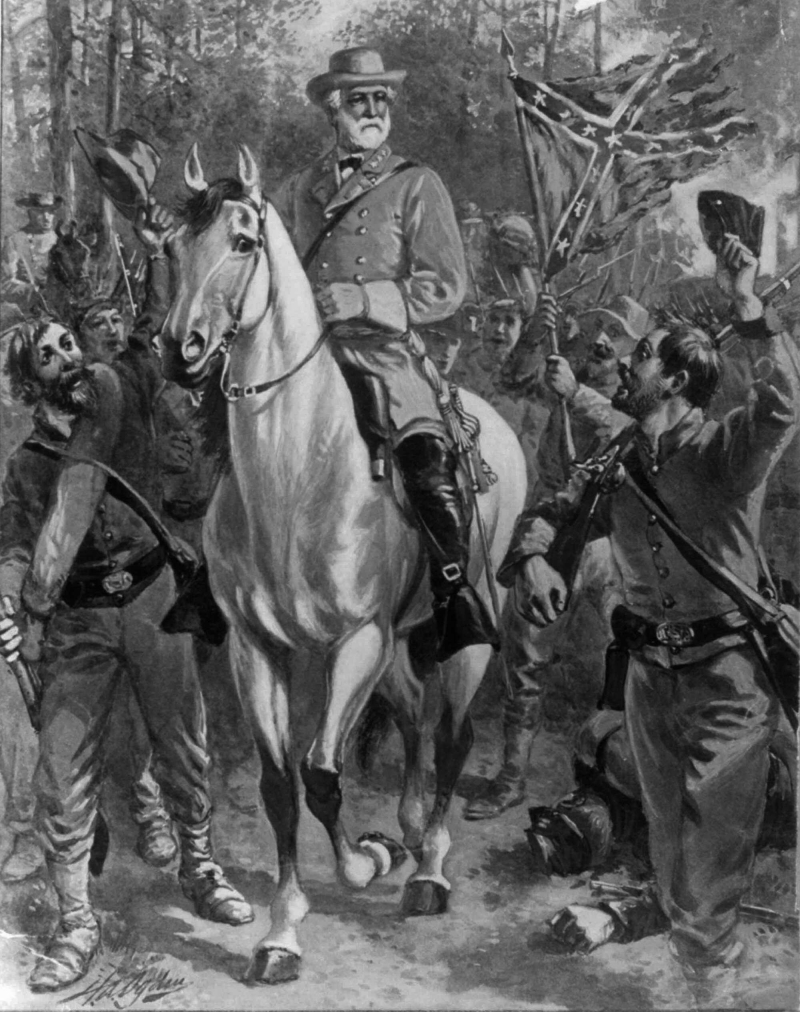
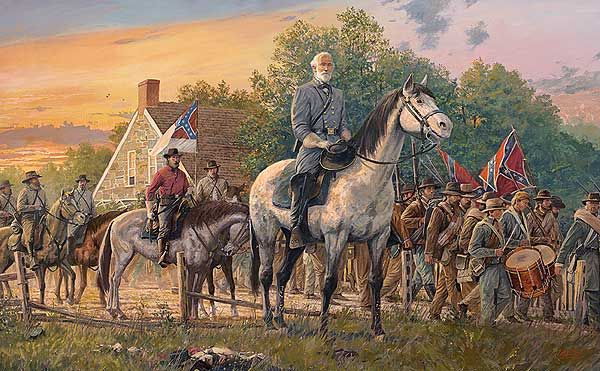
History on the Net -
Generals on both sides were aware that the war in Virginia was coming to an end after the string of mishaps along Little Sailor's Creek. As his army fell apart at Marshall's Crossroads, General Robert E. Lee said to General William Mahone, "My God! The army has it disbanded?" Lee warned President Jefferson Davis in a letter that "a few more Sailor's Creeks and it will all be over," emphasizing the magnitude of the catastrophe.
The never-bashful General Philip Sheridan of the Union army informed General-in-Chief Ulysses S. Grant of his victory. Little Phil predicted that Lee would submit if the issue was pressed. When President Lincoln learned of Sheridan's report, he said, "Let the thing be pressed." Grant wrote to Lee the following morning, April 7, starting a conversation that resulted in Lee's capitulation on April 9.
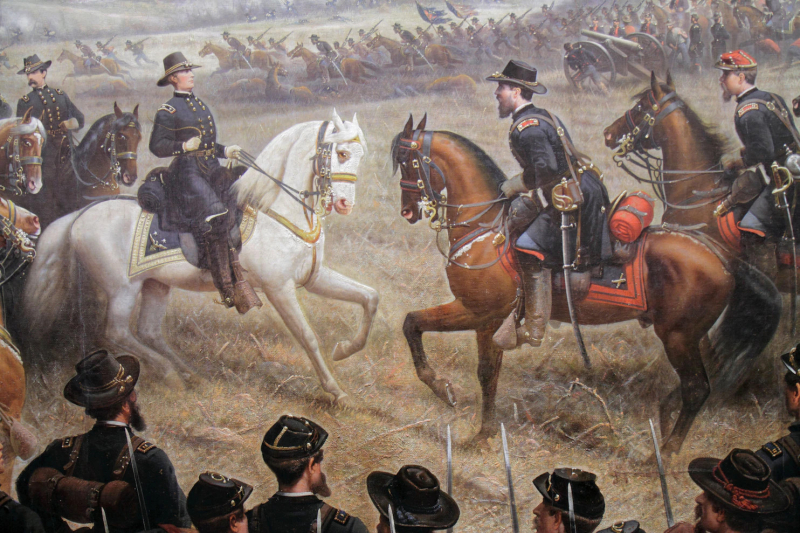
The Washington Post LionHeart FilmWorks -
The Civil War Trust has maintained numerous significant areas of the Sailor's Creek battlefield over the years. Although the majority of this area is close to the Hillsman Farm, we have managed to save parts of Marshall's Crossroads and the historic Lockett Farm thanks to the assistance of our members. The Sailor's Creek Battlefield Historical State Park now includes a large portion of the area that we were able to rescue.
Additionally, Sayler's Creek Battlefield received the National Historic Landmark designation in 1985. Sailor's Creek Battlefield Historical State Park is made up of a few of the battlefields. Through a total of six transactions from 1996 to November 2021, the American Battlefield Trust and its partners have acquired and preserved 1,318 acres (5.33 km2) of the battlefield.
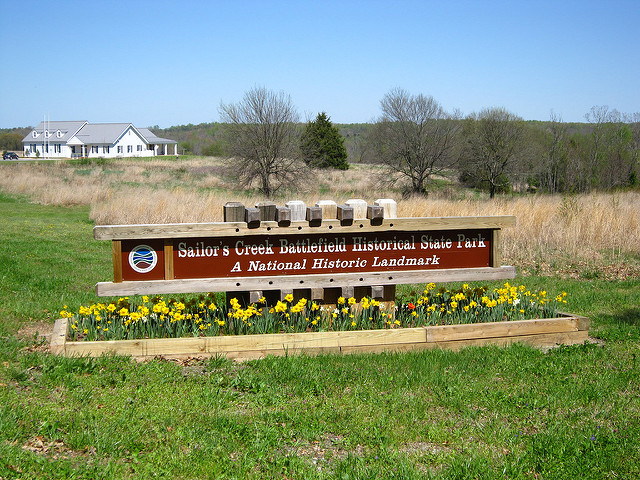
TheClio 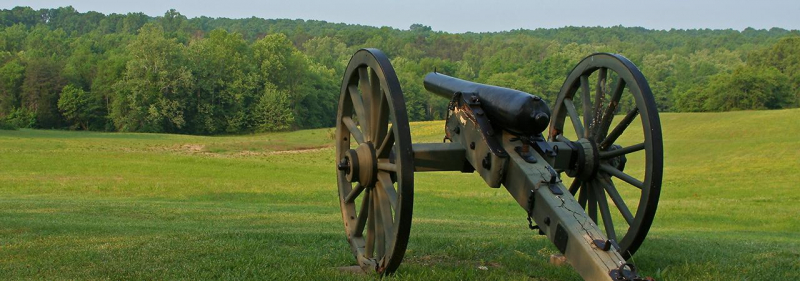
American Battlefield Trust












